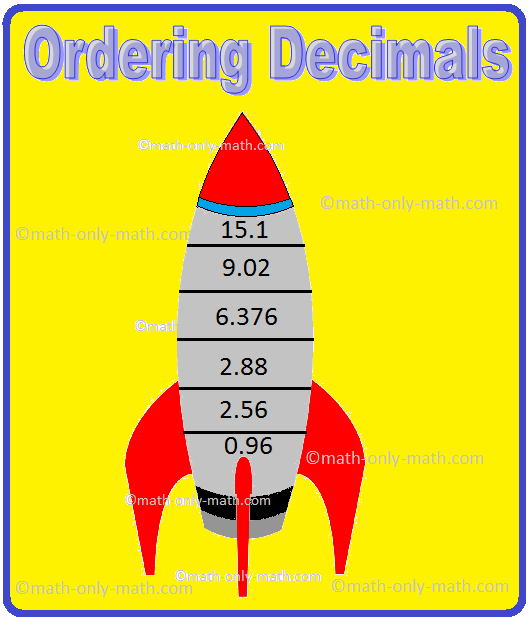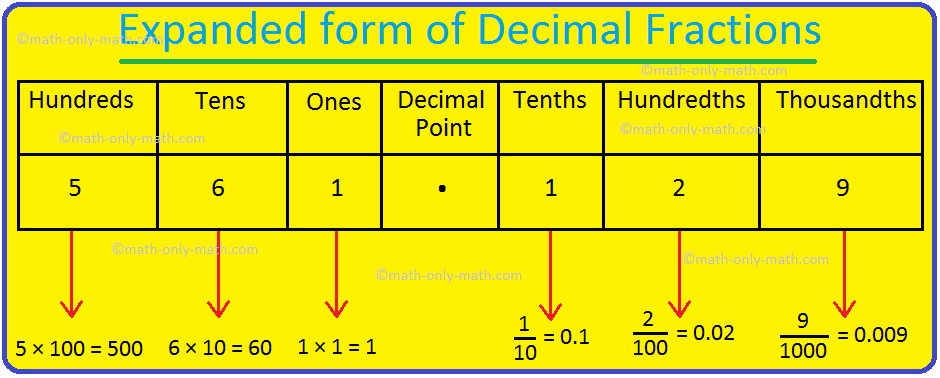10th Grade Worksheet on Probability
In 10th grade worksheet on probability we will practice various types of problems based on definition of probability and the theoretical probability or classical probability.
1. Write down the total number of possible outcomes when the ball is drawn from a bag containing 5 red balls, 3 black balls and 4 green balls.
2. Fill in the blanks.
(i) The probability of an event is less than or equal to ....... but greater than or equal to....... .
(ii) If E is an event then P(E) + P(¯E) = ....... .
(iii) The probability of a sure event is ....... .
(iv) The probability of an impossible event is ....... .
3. A survey was conducted on 1200 families and the number of children in each family was recorded. The results are given below:
No. Of Children
0
1
2
3
4
5
Total
No. of Families
42
446
534
115
52
11
1200
If a family is chosen at random, find the probability that it will have
(i) exactly 2 children
(ii) less than 2 children
(iii) more than 3 children
(iv) no children
4. A survey was conducted on 1500 family having 2 children each. The results obtained are given below:
No. of Girl children
2
1
0
Total
No. of families
475
815
210
1500
If one family is selected at random, find the probability that it will have
(i) no girl child
(ii) at least one girl child
(iii) no boy child
5. Seeds were kept in 5 containers to germinate. Each container contained 100 seeds. After 20 days the germinated seeds were counted and the results were recorded as shown below:
Container Number
1
2
3
4
5
Number of germinated Seeds
83
72
90
76
84
If a container is selected at random from then, find the probability of finding
(i) less than 70 germinated seeds
(ii) more than 72 germinated seeds
(iii) more than 70 germinated seeds
(iv) at least 83 germinated seeds
6. The marks scored by 100 students are given below:
Overlapping Intervals of Marks Scored
0 - 20
20 - 40
40 - 60
60 - 80
80 - 100
Total
Number of Students
8
13
37
32
10
100
Find the probability of s student scoring
(i) less than 20
(ii) below 60 but not below 40
(iii) less than 40
(iv) more than or equal to 60
(v) below 80.
7. A bag contains 8 red marbles and 6 white marbles. A marble is picked up at random. Find the probability of
(i) getting a red marble
(ii) getting a marble which is not red
8. A box contains 5 red marbles, 7 black marbles and 3 white marbles. One marble is taken out from the box at random. What is the probability that the marble taken out will be
(i) black
(ii) red
(iii) not white
(iv) black or white
9. Find the probability that a number selected at random from the numbers 1, 2, 3, 4, ....., 34, 35 is a
(i) prime number
(ii) multiple of 7
(iii) divisible by 3 and 5
(iv) multiple of 3 or 5
(v) not a multiple of 7.
10. A bag contains 6 red balls, 8 wite balls, 5 green balls and 3 balls. One ball is drawn at random from the bag. Find the probability that the ball drawn is
(i) white
(ii) black or red
(iii) not white
(iv) neither white nor black
11. In a lottery there are 5 prizes and 45 blanks. Sophie has one ticket for the lottery. What is the chance (probability) that Sophie
(i) will get a prize
(ii) will not get a prize?
Also verify that the sum of the probabilities in (i) and (ii) is 1.
12. A box contains 19 balls bearing numbers from 1 to 19. A ball is drawn at random from the box. Find the probability that the number on the ball is
(i) a composite number
(ii) divisible by 3 or 4
(iii) divisible neither by 5 nor by 10
(iv) an even number
13. There are two children in a family. Find the probability that there is at least one girl in the family.
14. In a class there are 35 boys and 15 girls. What is the probability of a randomly selected student of the class to be a girl?
15. Find the probability of getting 53 Mondays in a non-leap year.
16. Find the probability of getting 53 Fridays in a leap year.
17. Find the probability of getting 52 Saturdays in a leap year.
18. If the probability of India winning the next Cricket World Cup is 0.25, what is the probability India not winning the next Cricket World Cup?
19. In an experiment there are exactly three elementary events. The probabilities of two of them are 29 and 39 respectively. What is the probability of the third elementary event?
Note: The sum of all the elementary events is 1.
Answers on 10th grade worksheet on probability are given below to check the exact answers of the questions.
Answers
1. 12
2. (i) 1, 0 respectively.
(ii) 1
(iii) 1
(iv) 0
3. (i) 89200
(ii) 61150
(iii) 21400
(iv) 7200
4. (i) 750
(ii) 4350
(iii) 1960
5. (i) 0
(ii) 45
(iii) 1
(iv) 12
6. (i) 225
(ii) 37100
(iii) 21100
(iv) 2150
(v) 910
7. (i) 47
(ii) 37
8. (i) 715
(ii) 13
(iii) 45
(iv) 23
9. (i) 1135
(ii) 17
(iii) 235
(iv) 1635
(v) 67
Hint: Multiples of 3 or 5 are 3, 6, 9, 12, 15, 18, 21, 24, 27, 30, 33, 5, 10, 20, 25, 35.
10. (i) 411
(ii) 922
(iii) 711
(iv) 12
11. (i) 110
(ii) 910
12. (i) 1019
(ii) 919
(iii) 1619
(iv) 919
13. 34
14. 310
15. 17
16. 27
17. 57
18. 34
19. 49
Hint: The sum of all the elementary events is 1.
From Worksheet on Playing Cards to HOME PAGE
Didn't find what you were looking for? Or want to know more information about Math Only Math. Use this Google Search to find what you need.
Recent Articles
-
Worksheet on Comparing and Ordering Decimals |Arranging Decimals
Apr 19, 25 12:16 PM
Practice different types of math questions given in the worksheet on comparing and ordering decimals. This worksheet contains questions mainly related to compare decimals and then place the decimals i… -
Comparison of Decimal Fractions | Comparing Decimals Numbers | Decimal
Apr 19, 25 11:47 AM
While comparing natural numbers we first compare total number of digits in both the numbers and if they are equal then we compare the digit at the extreme left. If they also equal then we compare the… -
Expanded form of Decimal Fractions |How to Write a Decimal in Expanded
Apr 19, 25 11:25 AM
Decimal numbers can be expressed in expanded form using the place-value chart. In expanded form of decimal fractions we will learn how to read and write the decimal numbers. Note: When a decimal is mi… -
Missing Numbers up to 10 | Worksheets on Missing Numbers up to 10
Apr 18, 25 04:53 PM
Printable worksheets on missing numbers up to 10 help the kids to practice counting of the numbers. -
Ordering Decimals | Comparing Decimals | Ascending & Descending Order
Apr 18, 25 01:49 PM
In ordering decimals we will learn how to compare two or more decimals. (i) Convert each of them as like decimals. (ii) Compare these decimals just as we compare two whole numbers ignoring






New! Comments
Have your say about what you just read! Leave me a comment in the box below. Ask a Question or Answer a Question.